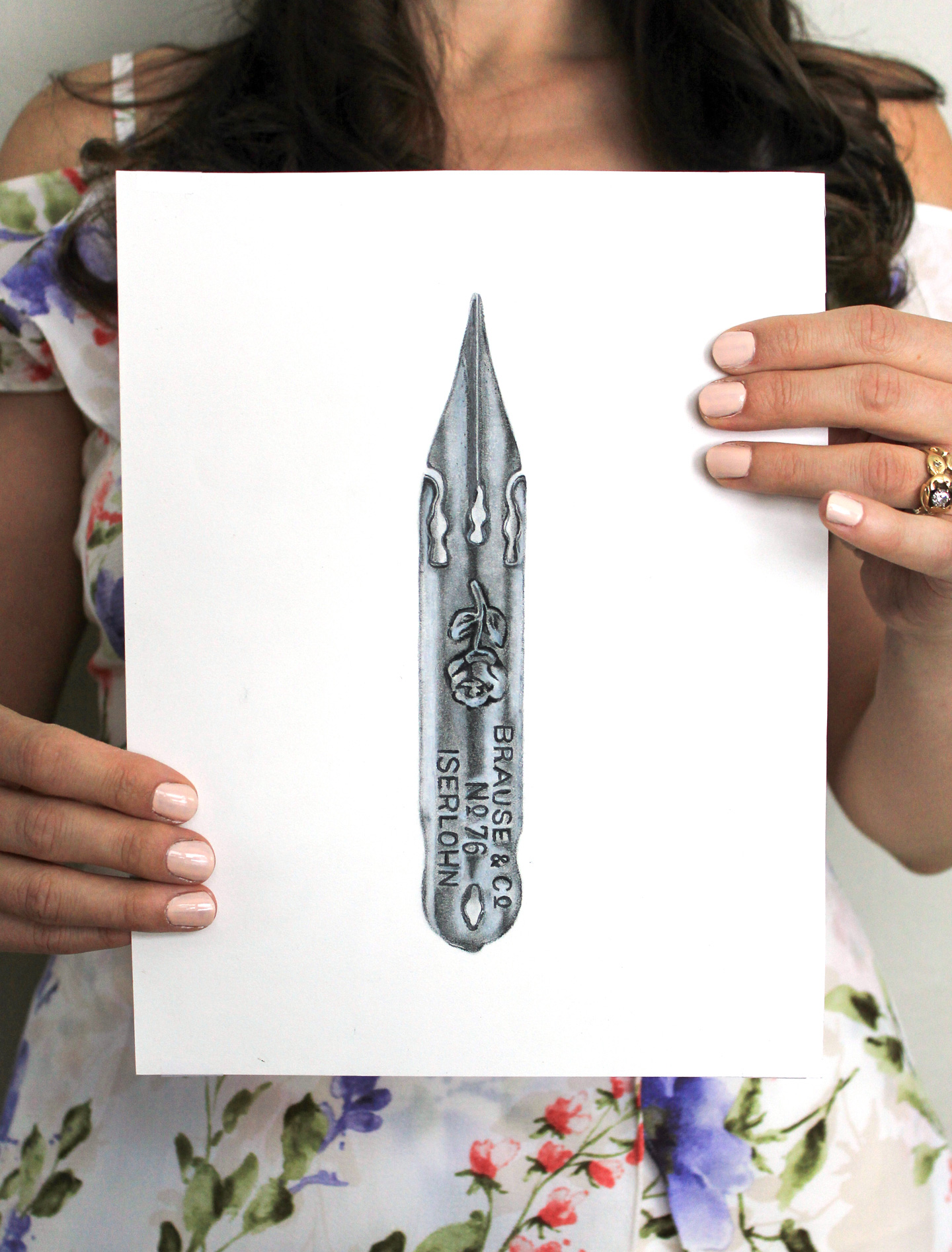
I am always on the lookout for handmade card inspiration. I love slipping handmade cards into clients’ packages, just to surprise them with something special and artistic that can go on display. Today, I thought I would share some of the handmade cards I have created, so you can get a healthy dose of handmade card inspiration as well!
Before we get started, I’d like to go over the cardinal rule of creating handmade cards: use thick, sturdy paper. I like to use the front and back cover pages of books like these Readers Digest compilations from the 50’s and 60’s:

They are printed on nice, thick paper that folds nicely and can handle a lot of material.

The card below was crafted from a sturdy front cover page. I collaged vintage paper on the top and bottom (cut with a crafts edger punch that was on sale at Hobby Lobby), then I used a hobby knife to cut a banner shape out of thick cardstock. I used two 1 cm x 1 cm squares of 1/8″ thick cardboard to give the banner some lift (glue the squares to both the banner/design element and the card).

These holiday cards were made out of the aforementioned Reader’s Digest front and back cover pages. I cut coniferous tree shapes out of the books’ pages, and I again used cardboard for a 3-D element.

This birthday card relies on vintage book pages, jute twine, and cardboard to render a visually interesting but simple handmade card.

I know that some people don’t have vintage books on hand, so here’s a handmade card created from blank, black cardstock. I used a collage technique on this card for a British/Indian motif. The building included on the card is London’s St. Paul’s Cathedral. After I collaged the cathedral on, I painted over parts of the card with white paint, then I used a calligraphy pen and India ink to make a henna design.


Here’s another example of henna design on a handmade card. The card below also features a fun accordion rectangle element fashioned out of vintage paper (but you can, of course, use any paper you’d like to create the accordion):

I also love including paper butterflies on my handmade cards. All you need to do is use a pencil to draw a thin rectangle (appx. 1/8″ x 1″) on the paper of your choice and draw butterfly wings on either side of the rectangle. Cut your creation out, erase the lines, then fold the wings one at a time toward where they are attached to the rectangle so they’ll stand up on their own. Then, glue the rectangle of the butterfly’s body to your card.

Another cool technique for making your handmade card stand out is paper cutting. Draw out a design on a rectangle that is slightly smaller than your card, then use a hobby knife to cut the design out. Make sure there’s plenty of color contrast between the material you are using to create the card and the material that you are cutting into.

I absolutely love stand-out elements, colors, and ornate henna-style flowers, so I have created a lot of this style of handmade cards in the past:

Take an interesting piece of thick paper (the paper I used was from front covers of National Geographic travel booklets from the 60’s), then glue down a thin rectangle of light paper in the middle or lower middle of the card. Take your design element (in my case, a flower), and glue thick cardboard squares on the back of it. When the glue has affixed the cardboard to the design element, put glue on the other side of the cardboard squares and glue the cardboard (attached to the flower) onto your card.

Finally, here’s a fun example of a card utilizing collage and illustration. The colors on this card pop, and the map was specific to the recipient, who lives near the Denver area:

Before I unleash you forth back into the handmade card making world, I’d like to throw out a couple of tips that I have learned throughout the years:
- Use spray adhesive if you can. Regular white glue more than likely will cause your card to curl. If you must use white glue, paint it on; don’t squirt it out of the cap. The painting will give the glue an even, smooth finish.
- Try to use a calligraphy pen and India ink to draw elements on the card, especially if you plan on using watercolor. My go-to pen is usually a Pilot G5, but the problem with any gel pen is the fact that the ink smudges as soon as water touches it. India ink is permanent and therefore impervious to being destroyed by watercolor (as long as you wait a couple of minutes before you paint near it).
- Make your own envelopes. Your cards will have a bigger impact on the recipient. You don’t have an excuse not to create your own envelope because in addition to having a tutorial on making handmade envelopes, I have a tutorial over how to make your own vanilla lick-to-seal envelope glue.
Alright! That’s my handmade card inspiration for the day. I hope you’re ready to go out there and start personalizing your thank-yous, congratulations, and sympathy cards. Please let me know in the comments if you have any tips for creating handmade cards.















